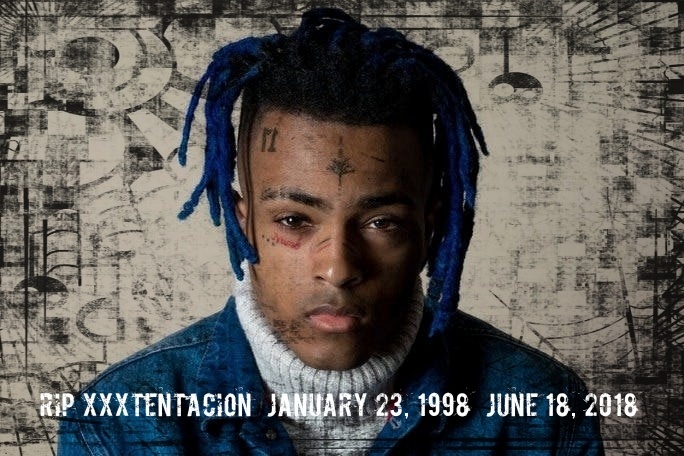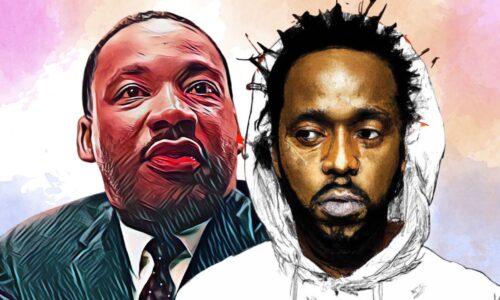Music to die for: how genre affects popular musicians’ life expectancy
Do all popular musicians live hard and fast, take risks and die young?
This article is the third in a series examining mortality in popular musicians.
To recap, the first article examined longevity, suicide, murder and accidental death rates in pop musicians compared with population data from the US. As expected, longevity was significantly reduced in pop musicians, who also had higher rates of suicide, homicide and accidental death.
The second article explored the “myth” of the so-called 27 club, explaining how this idea emerged and why it has taken root in the public imagination.
In this article, I’d like to look at whether membership of different music genres is associated with different risks of early death and different causes of death.
The chart below plots genres over time (oldest to youngest genres), showing the average age of death of popular musicians by genre and gender against life expectancy (LE) for US males and females born in the same year.

Musicians from the older genres – blues, jazz (including bebop and dixieland), country (including country and western, boogie woogie, honky tonk and bluegrass), and gospel (including spiritual and Christian rock) – enjoyed, on average, similar lifespans as those from the US population with the same year of birth and gender.
The next group – R&B (including doo wop and soul), pop, folk (including ballad and polka) and world music – had lower life expectancies compared with the US population.
Thereafter, the gap between population lifespans and average age of death for the more recent genres – rock (including rockabilly), electronic (including experimental, techno, disco, and funk), punk, metal, rap and hip hop – widens.
This pattern reflects, to some extent, a confound in the data: musicians who are dying youngest belong to newer genres (electronic, punk, metal, rap, hip-hop) that have not existed as long as genres such as jazz, country, gospel and blues. Consequently, they have not had the same opportunity to live a full lifespan.
However, this is not the whole answer.
The main causes of death for musicians from different genres
The table below shows that musicians from different genres have different rates of death from different causes of death.

For male musicians across all genres, accidental death (including all vehicular incidents and accidental overdose) accounted for almost 20% of all deaths. But accidental death for rock musicians was higher than this (24.4%) and for metal musicians higher still (36.2%).
Suicide accounted for almost 7% of all deaths in the total sample. However, for punk musicians, suicide accounted for 11% of deaths; for metal musicians, a staggering 19.3%. At just 0.9%, gospel musicians had the lowest suicide rate of all the genres studied.

Murder accounted for 6.0% of deaths across the sample, but was the cause of 51% of deaths in rap musicians and 51.5% of deaths for hip hop musicians, to date. This could be due to these genres’ strong associations with drug-related crime and gang culture.
Heart–related fatalities accounted for 17.4% of all deaths across all genres, while 28% of blues musicians died of heart-related causes. Similarly, the average percentage of deaths accounted for by cancer was 23.4%. Older genres such as folk (32.3%) and jazz (30.6%) had higher rates of fatal cancers than other genres.
In the case of the newer genres, it’s worth pointing out that members of these genres have not yet lived long enough to fall into the highest-risk ages for heart- and liver-related illnesses. Consequently, they had the lowest rates of death in these categories.
So, what can we conclude about musicians and music genre membership?
This study highlights the different mortality profiles of musicians belonging to different genres of popular music, and cautions against treating the population of popular musicians as homogeneous.
Music genre was associated with distinct causes of mortality, more so than gender or age (not presented here). This suggests that once someone is inducted into the popular music industry, effects of sex and age on mortality may be masked by genre “membership” and its accompanying lifestyle.
Importantly, because this was a quantitative study of dead musicians and our aim was to gather population data to identify occupational hazards in the pop music world, I can only speculate here about the underlying causes of these patterns in mortality.

Sid Vicious from the Sex Pistols in 1978. He died the following year, at 21, having overdosed on the heroin his mother had procured.
Chicago Art Department/ Wikimedia Commons
These figures likely represent a combination of factors inherent in the popular music industry (such as the ubiquitous presence of alcohol and other substances of addiction, irregular hours, touring, high levels of stress, performance anxiety) and the vulnerability that many young musicians bring with them into their profession from adverse childhood experiences.
Add to this the subcultural values and philosophies in distinct music genres with which young musicians become imbued, and you have a complex, multi-faceted picture of musician mortality.
Other studies have reported similar significantly-reduced life expectancy in popular musicians from the newer genres compared with matched general populations. Mortality rates were between two and three times higher for popular musicians than matched population data. The median ages of popular musician death in the two Bellis studies (links above) were 41.78 and 45.2 years respectively, which closely aligned with my findings.
Many musicians from younger genres – rock, electronic, punk, metal, rap, and hip hop – appear unlikely to live long enough to acquire the illnesses of middle and old age.
Subsequent research decades hence, when the newer genres have matured sufficiently to potentially contain members with ages spanning population life expectancies, may confirm the findings and tentative conclusions drawn from this series of studies.
See also:
Stairway to hell: life and death in the pop music industry
The 27 Club is a myth: 56 is the bum note for musicians
Dianna Theadora Kenny, Professor of Psychology and Music, University of Sydney
This article was originally published on The Conversation. Read the original article.





